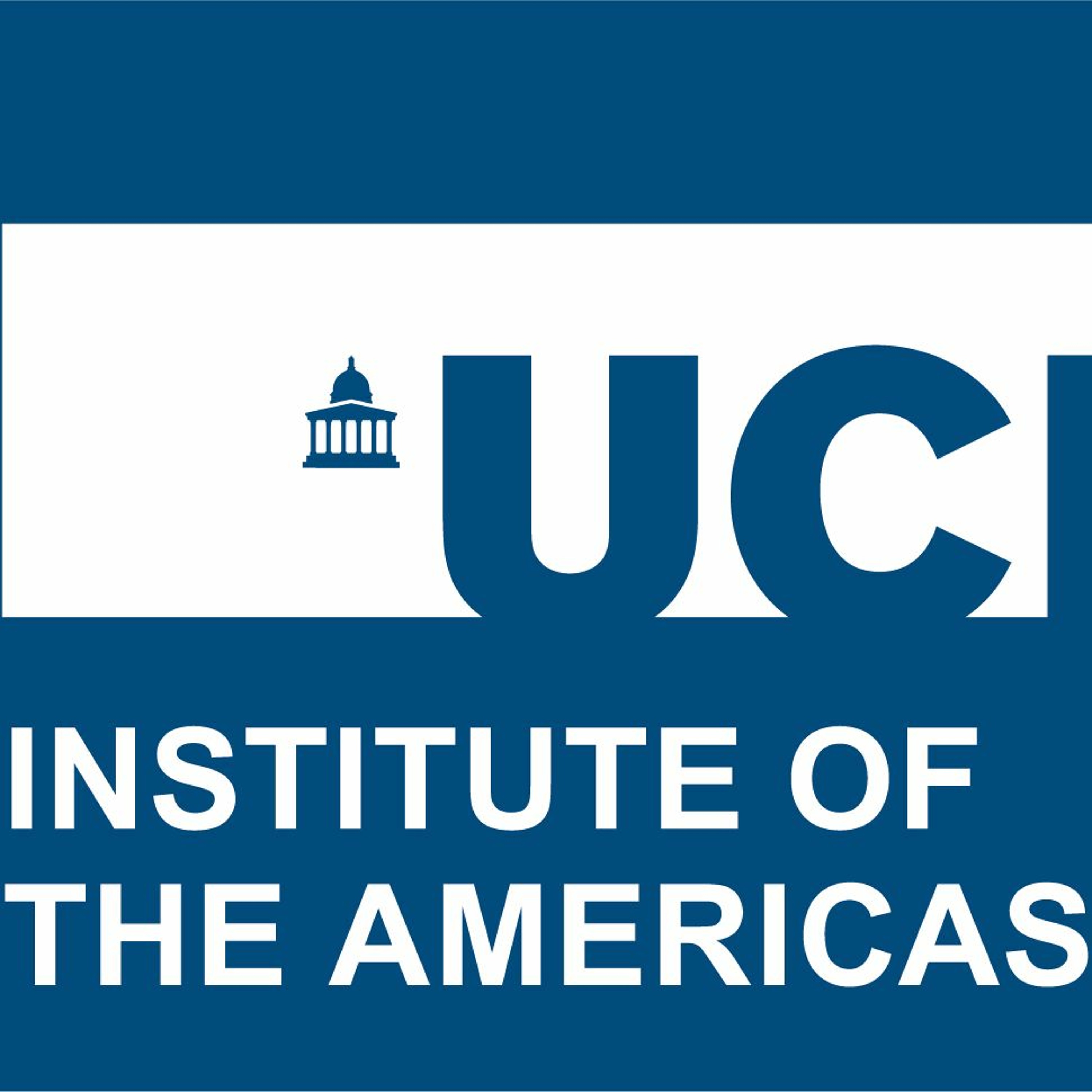
UCL Institute of Advanced Studies
Technology

Canada and Slavery in Lower Canada Newspapers, 1789-1793
 2019-03-20
2019-03-20
Download
Right click and do "save link as"
The dominant narrative is that Canada has a positive record when it comes to slavery, and that it was an antislavery haven for African American slaves in the antebellum period who were fleeing from slavery in the United States. However, there were enslaved people in the colonies that would later become Canada, under both French and British rule. This paper explores how newspapers in colonial Canada represent enslaved people in Canada and slavery in the wider Americas, focusing on two newspapers published in Lower Canada between 1789-1793. It argues that advertisements about runaway slaves and selling enslaved people show that Canada was part of a wider print culture of slavery in the Americas. Newspaper editors simultaneously created an anti-slave-trade sentiment in their newspapers by reprinting texts from the abolition debate raging in Britain, France and the United States: colonial Canada was part of an international abolition network. By recovering these two aspects of Canada’s printed response to slavery in the Atlantic world, this paper suggests one way in which Canadians were able to read about the history of slavery in Canada and to suppress this history.
Speaker
Dr Eleanor Bird
Eleanor Bird is an Honorary Research Fellow at Lancaster University, where she is the BAVS/BARS Nineteenth-Century Matters Fellow 2018/19 and is using GIS technology to explore representations of nature and Canada in slave narratives. Her PhD ‘Canada and Slavery in Print, 1789-1889’, was awarded from the University of Sheffield in August 2018 and looks at how Canada’s self-image as an antislavery haven has developed across newspapers and slave narratives, situating Canada within a black Atlantic and abolition print history. She has a strong interest in public engagement work, including an historical cake-making evening, and she has written various blog posts for the British Library, as well as having held research fellowships with the Eccles Centre and the Nova Scotia Museum.
view more
More Episodes
In conversation with Alexandre White
 2024-07-17
2024-07-17
 2024-07-17
2024-07-17
In conversation with Xine Yao
 2023-08-30
2023-08-30
 2023-08-30
2023-08-30
In conversation with Akwugo Emejulu
 2023-07-26
2023-07-26
 2023-07-26
2023-07-26
In conversation with Musab Younis
 2023-03-29
2023-03-29
 2023-03-29
2023-03-29
In Conversation with Maya Mikdashi
 2023-03-10
2023-03-10
 2023-03-10
2023-03-10
SPRC In conversation with Maurice Stierl
 2023-01-27
2023-01-27
 2023-01-27
2023-01-27
SPRC In conversation with Françoise Vergès
 2023-01-16
2023-01-16
 2023-01-16
2023-01-16
SPRC In conversation with Karimah Ashadu
 2022-10-12
2022-10-12
 2022-10-12
2022-10-12
SPRC In conversation with Coretta Phillips
 2022-07-27
2022-07-27
 2022-07-27
2022-07-27
SPRC In conversation with Kojo Koram
 2022-05-19
2022-05-19
 2022-05-19
2022-05-19
012345678910111213141516171819
Create your
podcast in
minutes
- Full-featured podcast site
- Unlimited storage and bandwidth
- Comprehensive podcast stats
- Distribute to Apple Podcasts, Spotify, and more
- Make money with your podcast
It is Free
- Privacy Policy
- Cookie Policy
- Terms of Use
- Consent Preferences
- Copyright © 2015-2024 Podbean.com




